Plantain, its medicinal properties, use in the creation of landscape design
Plantain is a beautiful plant, it can be found almost all over the planet, except for the regions of the Far North. This plant belongs to the plantain family, its representatives can be annuals, perennials and even grow as shrubs. In temperate latitudes and in the south, there are about 250 species of this grass; it can grow in a wet meadow and in the desert, in the steppe and on wastelands.
Content:
- Plantain in the garden
- Plantain in landscape design
- Areas of use
- Practical benefits - take advantage of the medicinal properties of the plant
- How is the extract and juice of the leaves of the plant used
Plantain in the garden
Of course, the importance of this plant lies in its medicinal properties, but first we will talk a little about it. decorativeness... The dense plantain rug in your garden is a very inviting place to walk barefoot. In addition, there is the original garden form of the large plantain - a variety with purple leaves. Sowing such a plantain should be in a place well-lit by the sun; it will look great next to any plants with green leaves. The purple plantain variety can be planted on mixborders or on an alpine slide. You can propagate it yourself - for this you only need to buy its seeds once - the plant is prone to self-seeding. To breed wild plant species on a plot, you can collect some seeds yourself and sow them on a selected plot in the garden.
Plantain in landscape design
You can use plantain, even the most common one that can be found on the side of the road or on a vacant lot, when creating landscape design. In particular, this applies to design styles such as country, meadow or steppe. Plantain grows quickly on well-groomed land, its leaves are large and have a very bright color. It looks very appropriate next to other herbaceous plants growing in the steppe or lowlands, such as feathery willow or yarrow. The above styles garden design especially attractive for novice gardeners - for all their beauty and originality, they are created quite simply, they do not require special costs. It is also easy to maintain the decorativeness of such a landscape throughout the summer: the plants used in its creation are extremely undemanding to fertilizers, watering, weeding.
You can use plantain for disembarking along the banks of a pond or stream artificially created in a summer cottage.
Areas of use
People have long noticed the unusual properties of this plant: it was used in food as a side dish for fish and meat, included in spring salads, the seeds were used as a seasoning, leather was tanned with the help of an aerial plant, it should be noted that the quality of the leather turned out to be excellent, not inferior to that performed with the help of oak bark, plantain can be attributed to melliferous plants, it was very widely used for medicinal purposes, with rubbed dry leaves cured anthrax in animals.
Practical benefits - take advantage of the medicinal properties of the plant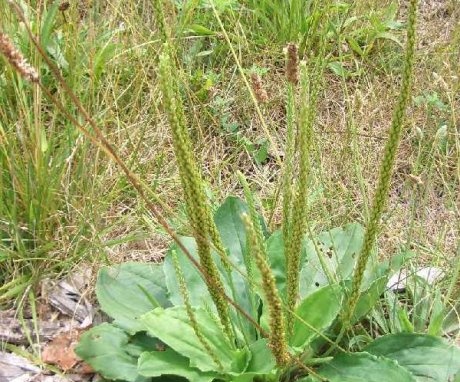
We have already mentioned that plantain is an ornamental and medicinal plant. Since the plantain is not averse to settling on fertilized and well-groomed soil, sometimes you have to fight it in the beds like a weed. But do not rush to pull up and throw away the plant: it has truly unique medicinal properties.
If you receive an injury - a bruise or cut, scratches, its leaves can be used for first aid - if you knead them well, until the juice appears, and apply to the wound, then it will not fester and heal very quickly. Psyllium juice can also help stop bleeding when you cut your skin.
For medicinal purposes, Indian and flea plantains are used. Take the time to collect and dry the leaves - in winter, a water infusion of them will serve as a good medicine for colds, coughs, respiratory diseases, and inflammatory kidney diseases. The medicinal properties of the plant are provided by a high concentration of vitamin C, carotene, phytoncides in its ground part.
How is the extract and juice of the leaves of the plant used
The plant has a strong antimicrobial effect:
- Its juice is able to neutralize pathogenic staphylococci and Pseudomonas aeruginosa, hemolytic streptococcus.
- With fresh juice extracted from the leaves of the plant, wounds on the cornea of the eye are treated.
- Plantain leaf extract has a hypotensive and sedative effect.
- Its aqueous infusions and teas from the leaves increase the secretion of bronchial mucus and significantly alleviate the patient's condition with a strong cough.
- Wounds that are treated with plantain extract quickly stop bleeding, heal and heal.
Homeopaths willingly use products made from plantain: juice and its essence are prescribed for toothache, headache, ear pain, impotence and tachycardia, polyuria. Outwardly, the infusion of leaves is used in post-burn therapy, for cuts and severe bruises, purulent wounds and boils, cuts and abrasions. Plantain preparations are also recommended for diarrhea, enuresis, and inflammatory kidney disease. It is also used in the treatment of lung cancer.




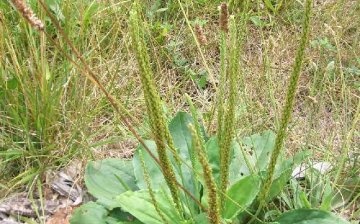
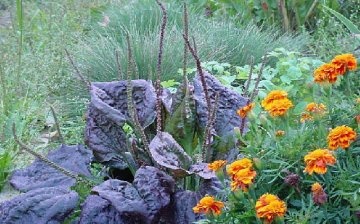
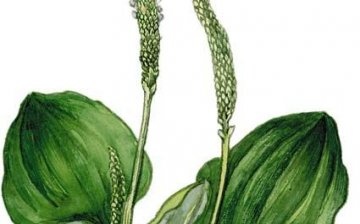




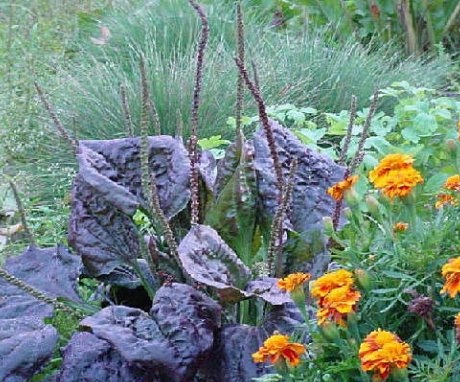
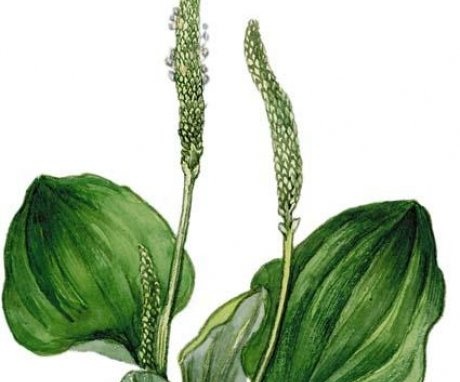
At one time, a whole clearing of plantain grew in the garden of my grandparents. For medicinal purposes, we most often tore off a leaf and, after washing it, applied it to some fresh abrasions on our hands or knees. By the way, walking on it barefoot is really very pleasant.
I have a lot of it growing under the fence at home, but I honestly didn't know that it is useful for many diseases. I know that when I cut myself, I put a piece of paper and the blood stopped flowing.